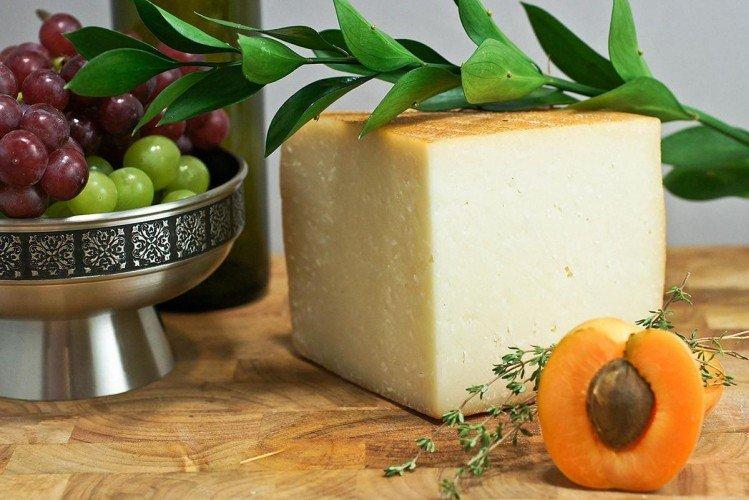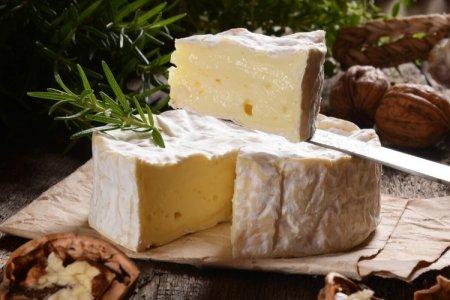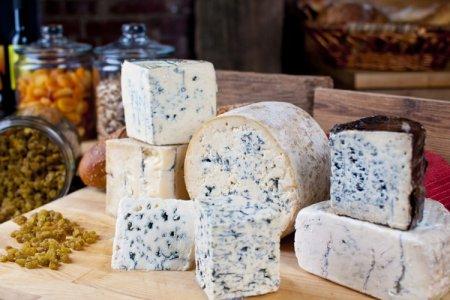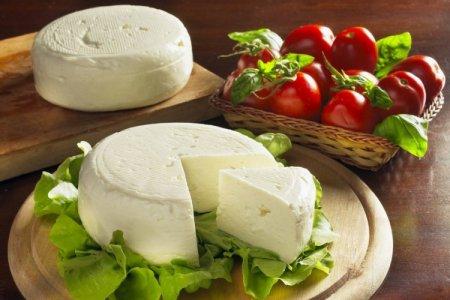
Do you consider yourself a real cheese expert and are looking for new flavors? Or maybe on the contrary, you just plan to figure out what they are and how they differ? In any case, we have already prepared for you a list of hard cheese varieties with names, photos and descriptions. Use it to your health!
Russian hard cheeses
Many people are skeptical about Russian cheeses, and in vain. We also have some interesting finds!
Russian
The most famous domestic cheese produced in all regions. It has a characteristic small pattern and a light neutral taste. Pasteurized cow's milk is used for production. Better to use it warm.
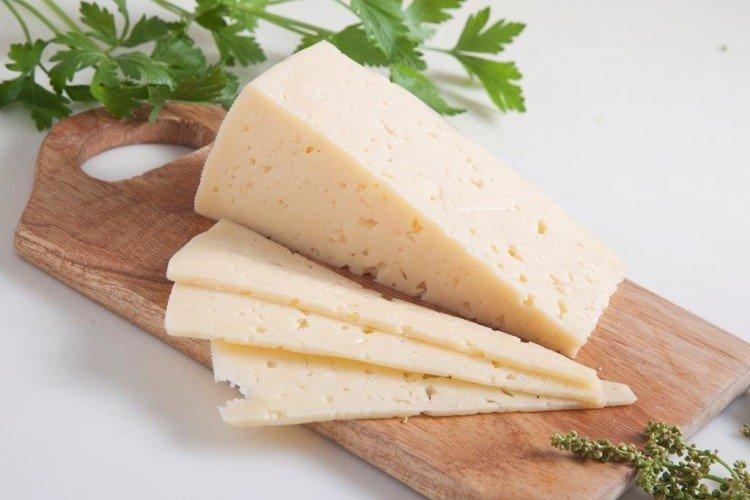
Soviet
The oldest variety among modern ones in terms of manufacturing technology. The cheese heads are light yellow, plastic, with oval or round holes. The taste is slightly sweet and spicy.
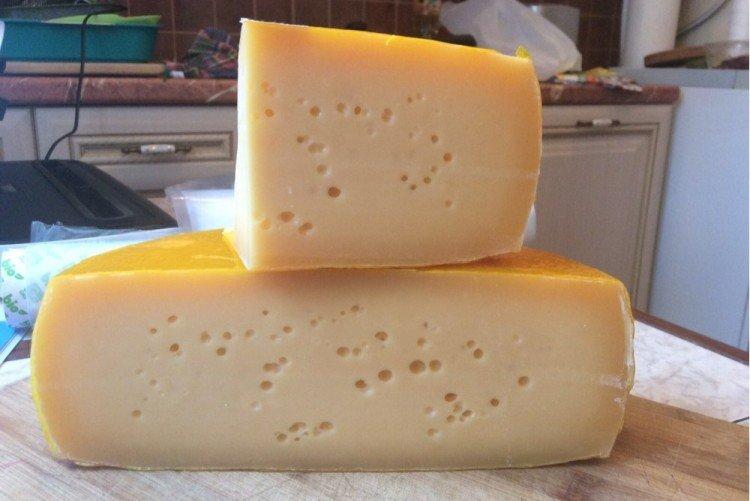
Altaic
Basically, this cheese is produced in the Altai Territory, which owes its name. Like Soviet, it is sweet and spicy, but more spicy. Better not to use it for heat treatment. The closest in characteristics to it is Swiss cheese.
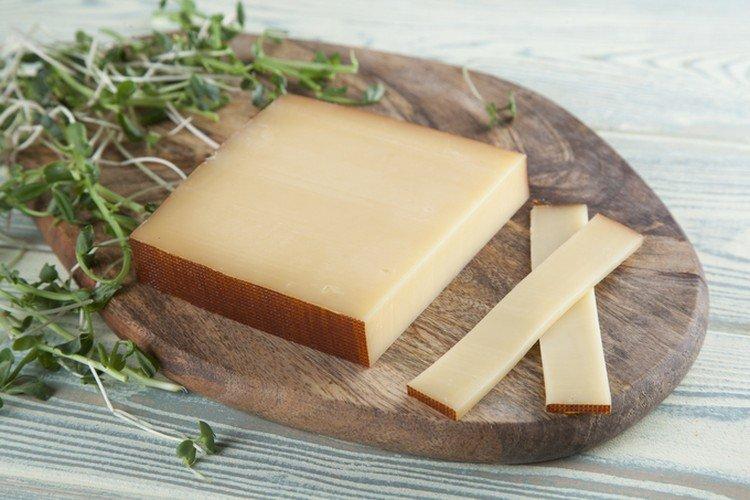
Dutch
Despite the name, this is a domestic technology, and only some of its subtleties were borrowed from Holland more than 150 years ago. The cheese has a delicate and plastic consistency and a pure milky taste with a slight sourness. Its closest relative is Kostroma cheese.
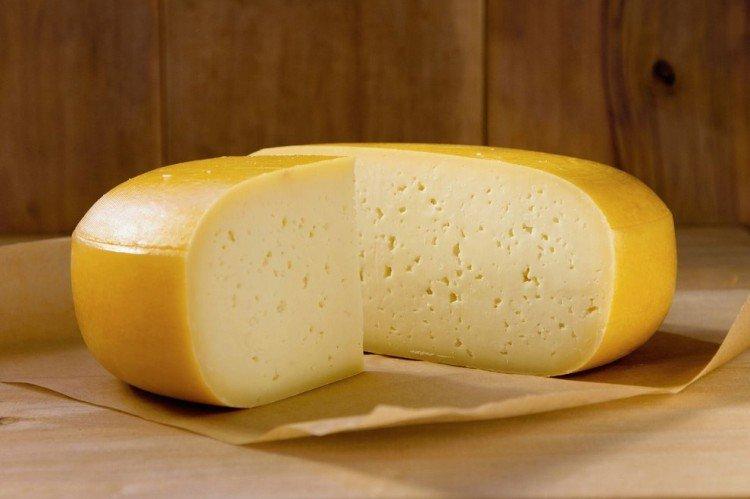
Belarusian hard cheeses
Belarusian dairy products are famous far beyond the borders of their native country, and cheeses are no exception. They have excellent quality and a nice price.
Poshekhonsky
For production, pasteurized cow's milk and rennet are used. The cheese has a light uniform texture with an almost imperceptible pattern and a mild flavor. It is very aromatic and has a thin rind. It is a great stand-alone dish and cooking ingredient.
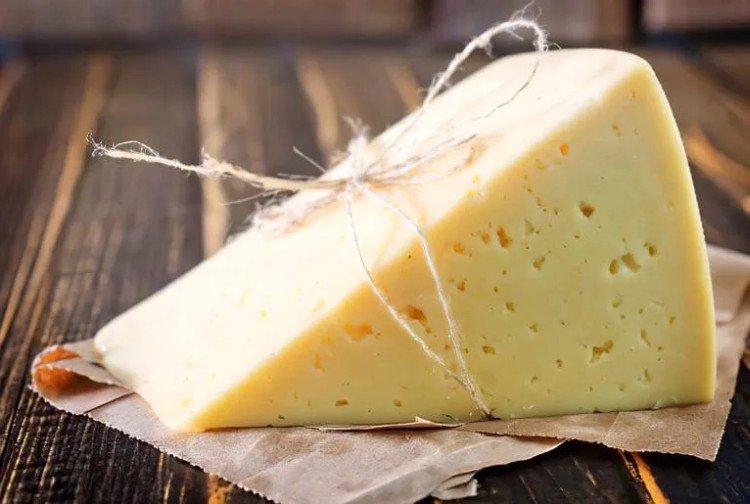
Monastyrsky
Medium fat hard cheese - about 50%. During production, it goes through all stages: formation, pressing and maturation. The taste is spicy and expressive, so it is better to eat this cheese on its own.
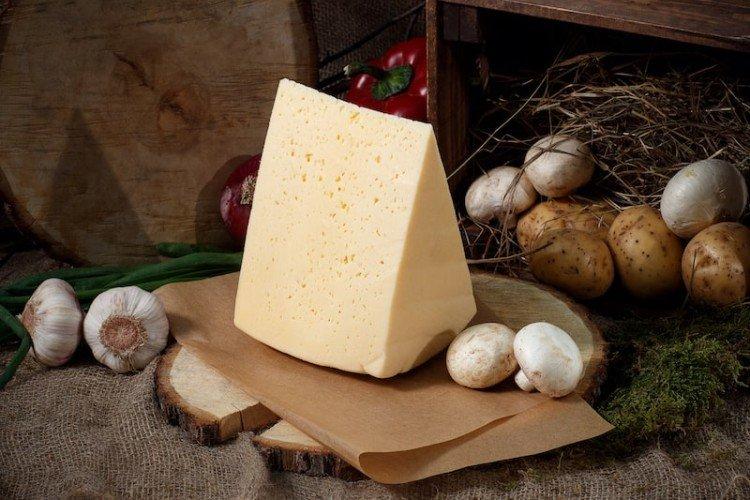
Tyrolean
Soft yellow elastic cheese with a pronounced creamy taste and aroma. It can be recognized by its characteristic pattern of angular eyes. In multi-ingredient dishes, its sweet and fruity notes are revealed.
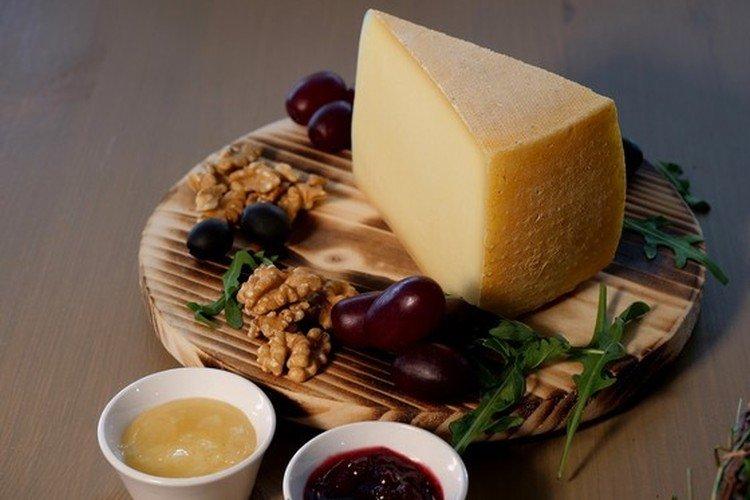
Dutch hard cheeses
Dutch cheeses have already become a versatile everyday classic. They are good both for fun and in cooking. Most of them are manufactured using pressing technology.
Edamer
Classic Dutch cheese from Edam town and Edamer harbor. It is made from cow's milk and aged for about 17 weeks, resulting in a very intense color and flavor. Edamer is a great standalone product.
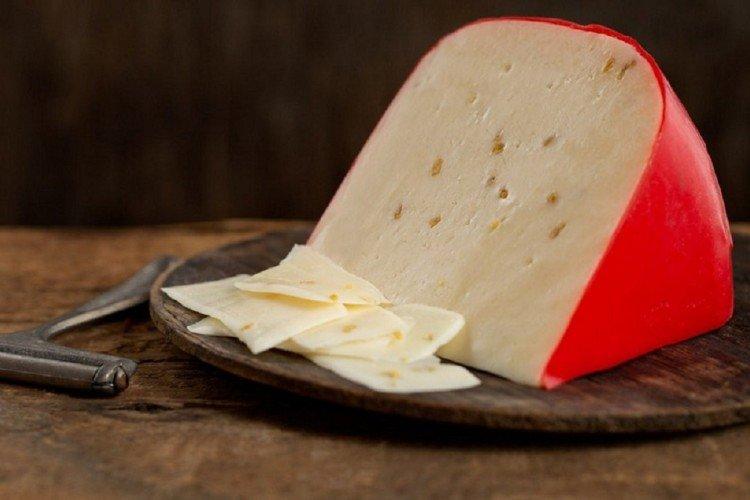
Gouda
The recipe for classic Dutch cheese was developed about 700 years ago, and since then it has only been improved. It is an aged cheese that can mature for up to 9 months or more. The longer the aging, the more specific the taste becomes. Food lovers will appreciate it!
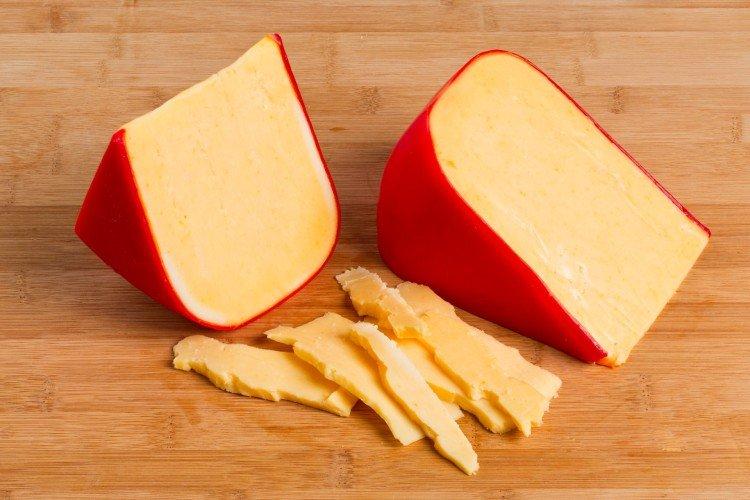
Leiden
The original hard cheese with spices, which was imitated in most European countries. It contains cloves, caraway seeds and other aromatic spices. It is better to eat this cheese separately.
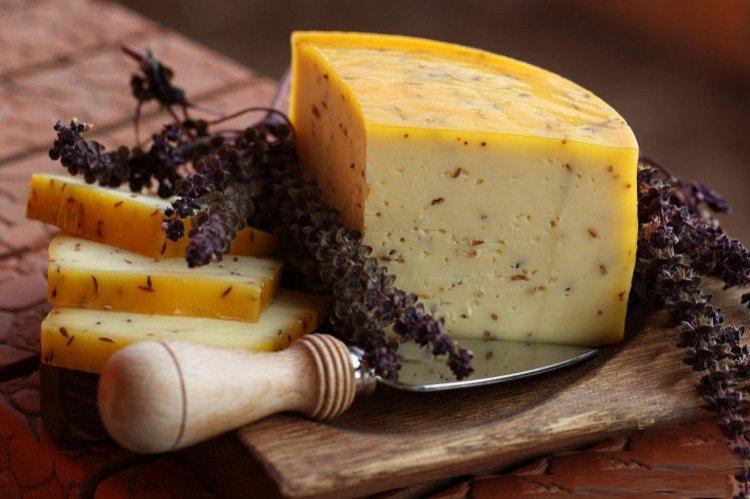
Maasdam
Once this variety was criticized for the number of large, rounded eyes. But its quality and taste cannot be underestimated. Moreover, Maasdam is cheaper than most of the Dutch counterparts. But this is not because it is worse, but only because it matures faster.
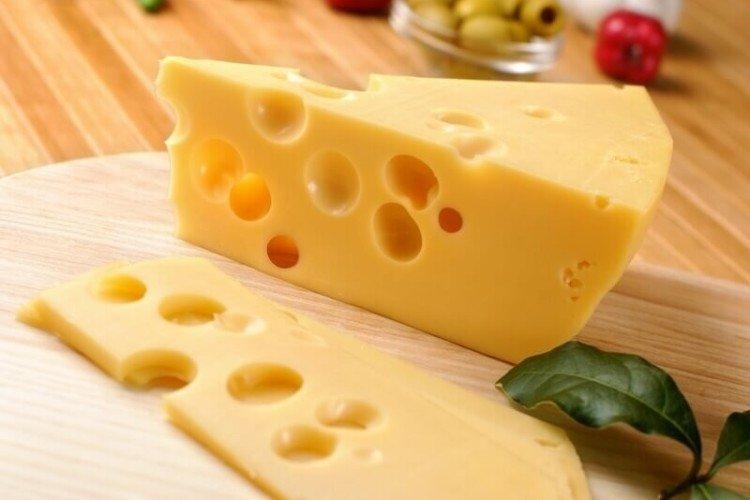
Burenkaas
For the production of this cheese, only raw milk is used, but by no means pasteurized. This provides its original rich taste.By the way, the form of production in the form of a pressed circle is patented specifically for this grade.
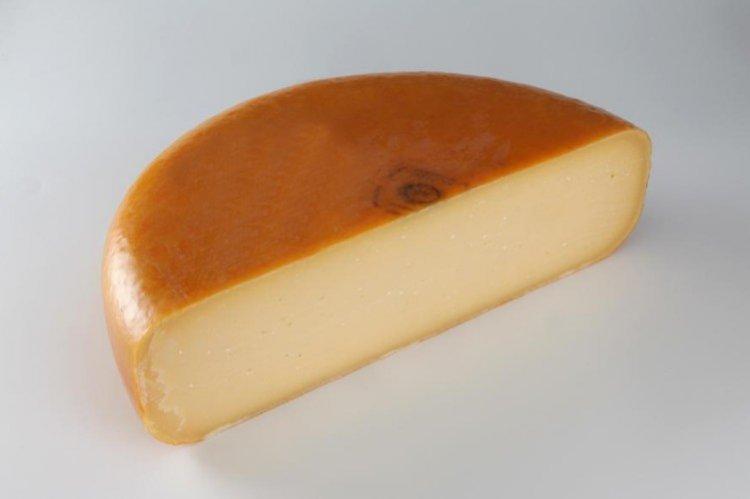
Swiss hard cheeses
Swiss cheeses are distinguished by their exquisite and rich taste, although they are more expensive. Traditionally Swiss cheeses are brewed.
Emmental
The most famous Swiss cheese with large smooth eyes. In terms of taste, it partially resembles Maasdam, so they are interchangeable in cooking. Emmental is characterized by a spicy and sweetish nutty taste after 2 months of aging.
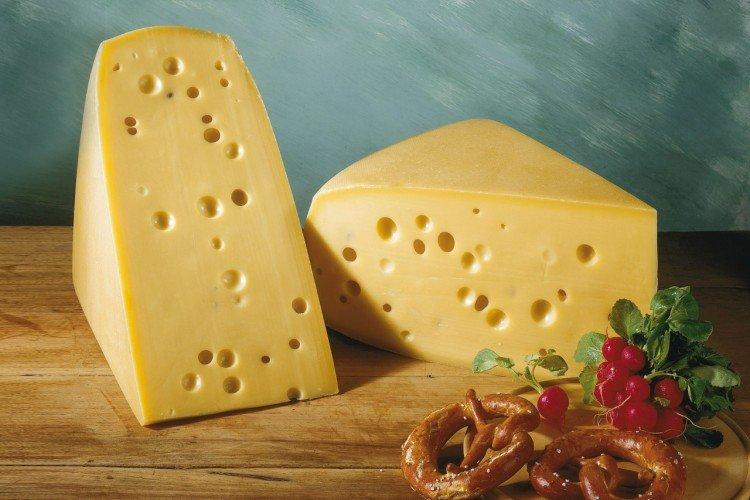
Appenzeller
Native to the Alps, it has a smooth texture without eyes and a nutty-fruity aroma. The longer it matures, the more spicy and tangy it becomes. The original recipe uses cider and herbs. It is better to eat this cheese alone or with wine.
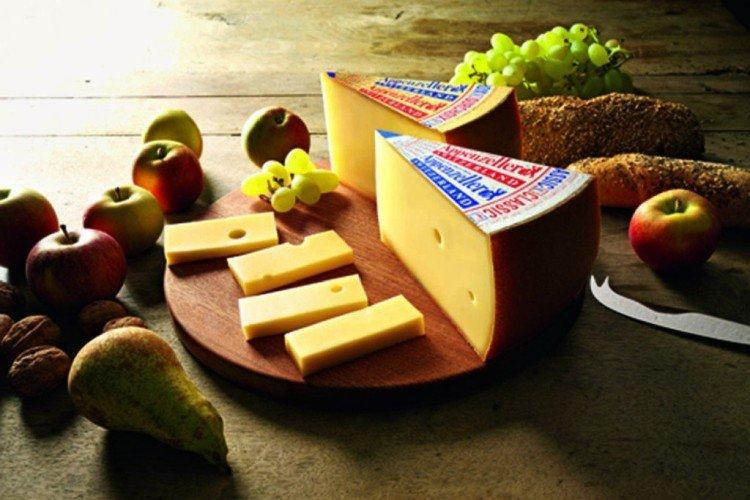
Sbrinz
This variety is classified as extra-hard due to its dense grainy texture. It is very dry and spicy, partly reminiscent of Parmesan, so it is most often used among appetizers or for sprinkling dishes. Sbrinz ripens for almost a year and a half.
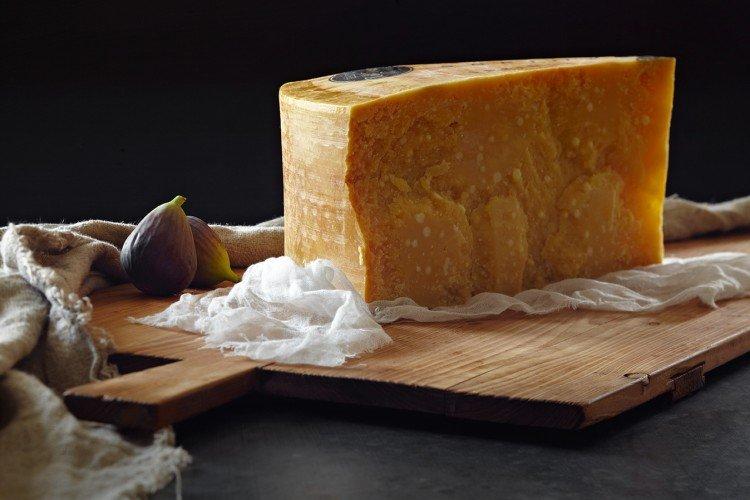
Sabziger
Hard Shabziger has an unusual pale green hue and light bean flavor. This is a very original variety with fenugreek, which has no analogues in the world. By the way, prepared according to the original recipe, the cheese is lactose-free. It is most often used in hot dishes.
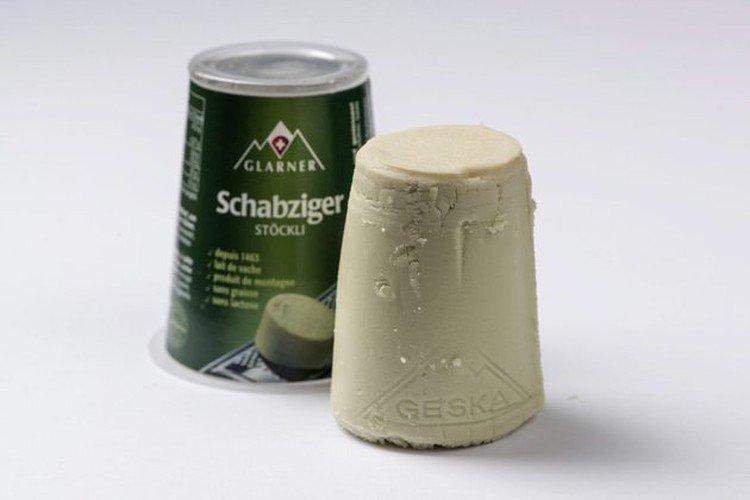
Italian hard cheeses
Italy is famous for its wine, olives and, of course, cheeses. This is the birthplace of several varieties popular all over the world.
Parmesan
The undisputed king of Italian cheeses is made from cow's milk in just a few regions of Italy. The original recipe even specifies what hay the cows can eat and in which vats to ferment. The cheese ripens for at least a year, and individual heads take up to 30 months.
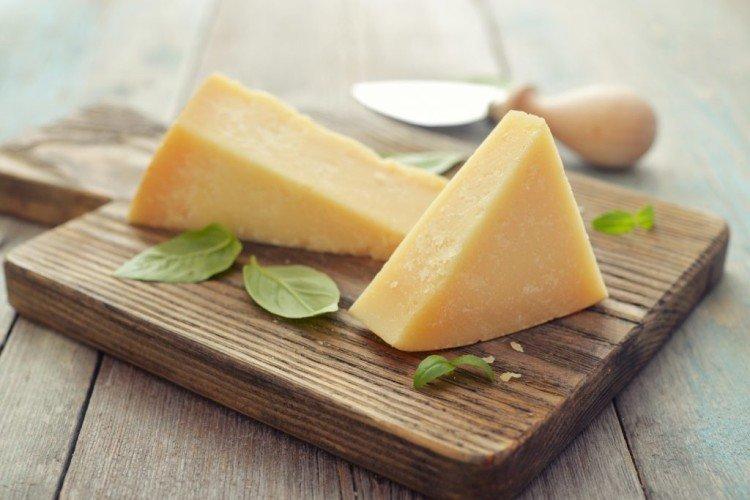
Pecorino
There are 6 varieties of this hard Italian sheep's milk cheese, depending on the region of preparation. Young heads are matured for 5 months, and matured for 8 months. The older the cheese, the more distinctly the creamy nutty taste appears. In some varieties, spices are added, such as black pepper or chili.
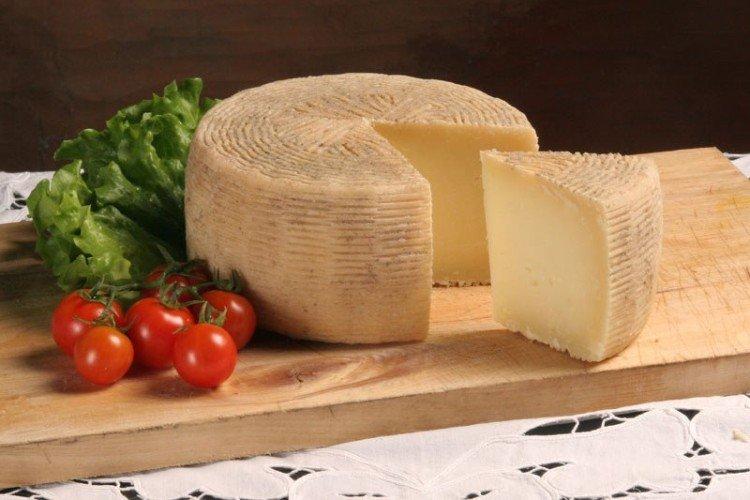
Grana Padano
Hard cow cheese has an expressive grainy texture. It is very popular and versatile. For production, a mixture of cream from the evening milking and milk from the morning one is used. This is what gives the cheese a delicate sweetish taste. The longer the shutter speed, the more pronounced the grain becomes.
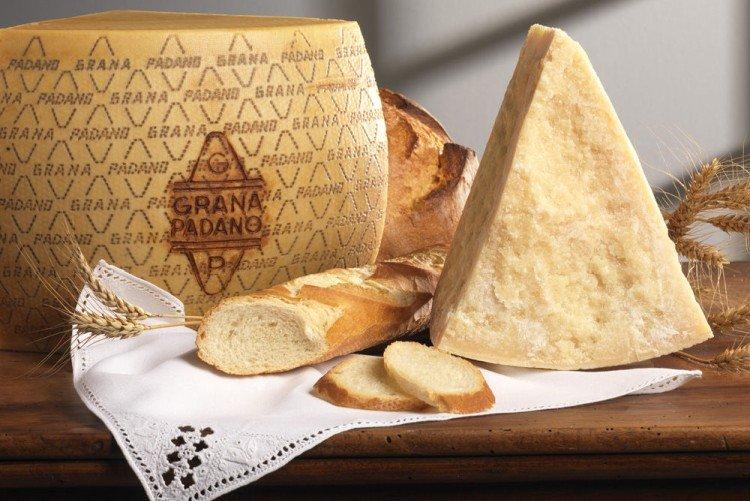
Asiago
Hard cheese originally from Venice was previously made from sheep's milk, but now - from cow's milk. This is another versatile table variety that is commonly used. There is a nuance: farms where milk is taken must be at an altitude of 600 m. The longer the exposure, the more granular the texture becomes, the eyes grow, the crust darkens, and the pulp turns yellow.
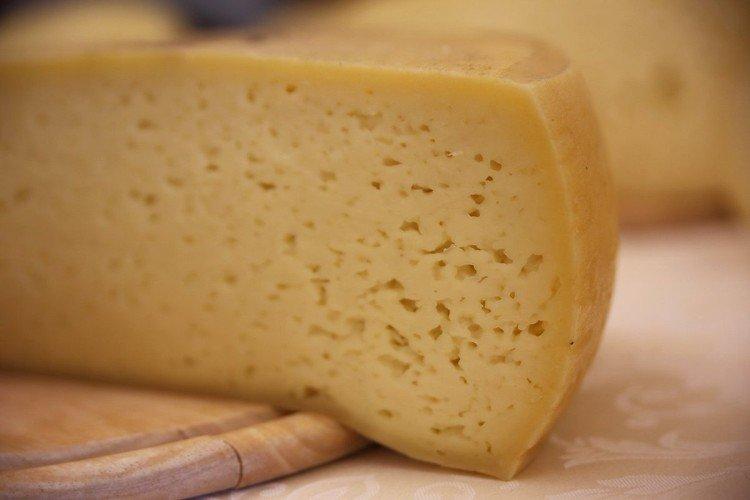
Fontina
Semi-hard cow cheese in a natural casing is popular all over the world. When produced according to the original recipe, it is moistened with brine, which gives rise to a characteristic pungent odor. Excerpt - 2-3 months, and the firmness of the creamy pulp depends on it. Fontina melts very well, so it is used for fondues, sauces and pizzas.
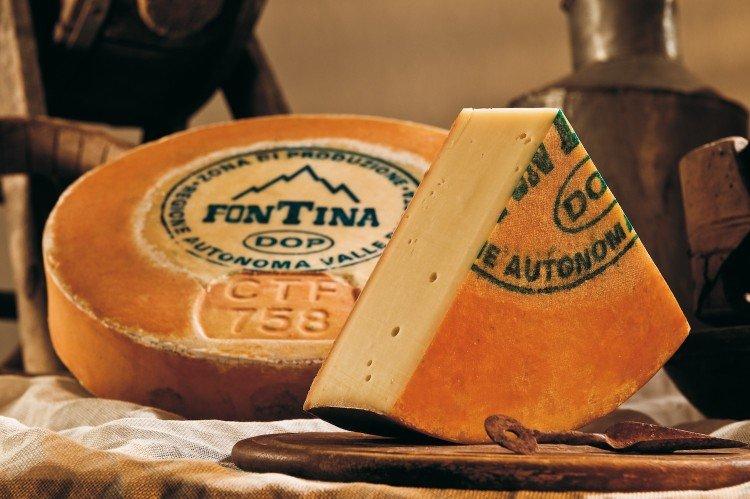
French hard cheeses
French cheeses are light and bright at the same time. It was from France that such popular varieties came to us.
Chevre
This is a whole category of goat's milk cheeses, which can differ in hardness and taste. The longer the exposure, the firmer and more piquant the Chevre. There are interesting species with herbs, raisins, honey, pickled and others. Great choice for appetizers, salads and sandwiches.
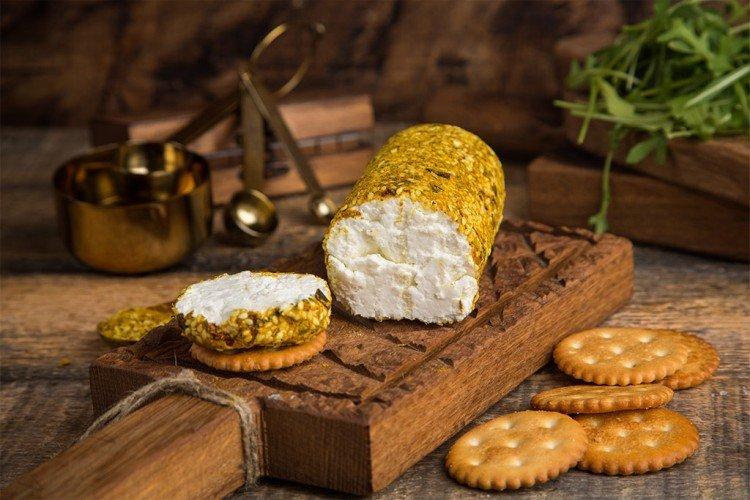
Braby Basque
Hard French cheese made from sheep's milk goes well with wine and jam. The most popular variety is the osso-Irati. But, as in the case of Chevre, Braby Basque is a whole category of products.
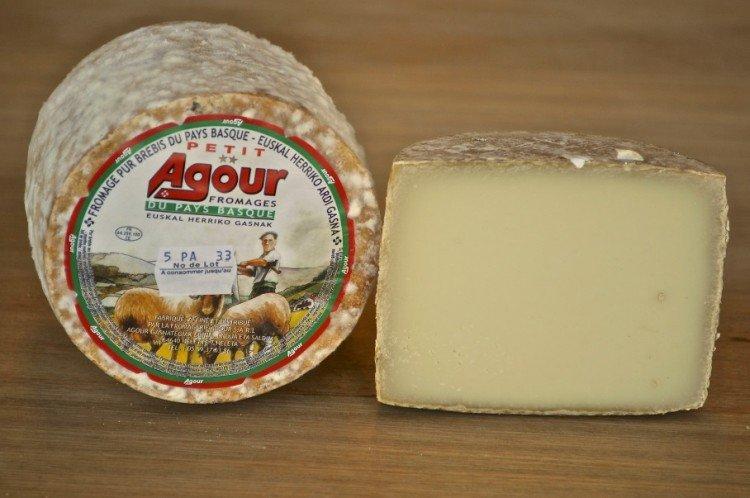
Comte
Hard cow cheese is produced mainly in the region of the same name.This is boiled cheese, which is made in large heads weighing about 40 kg, and one takes 450 liters of milk. Conte is well stored and can be transported, so it was popular outside of France many years ago.
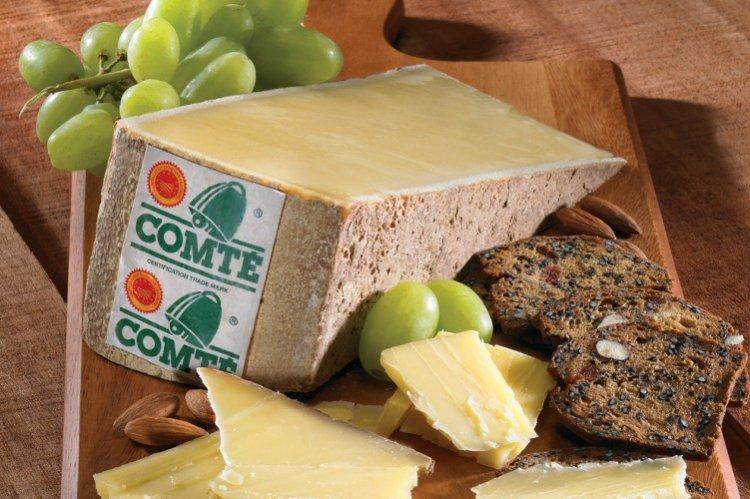
Morbier
Mature pressed cheese is made only in the mountains and only from raw cow's milk. Traditionally, the sourdough left over from the production of Conte is used for it. To protect it, it was sprinkled with soot, which still gives the characteristic bluish layer and subtle fruity notes.
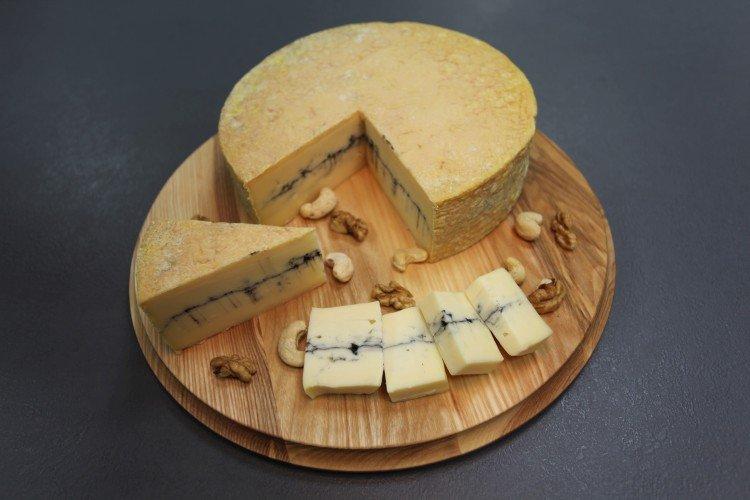
Cantal
Hard pressed cheese is made in the form of unusual cylindrical heads weighing up to 45 kg. The recipe was already known at the end of the 13th century, and is still used today. Cantal is good at cooking, from main courses to desserts. Between themselves, it differs in terms of exposure - from 30 to 240 days or more.
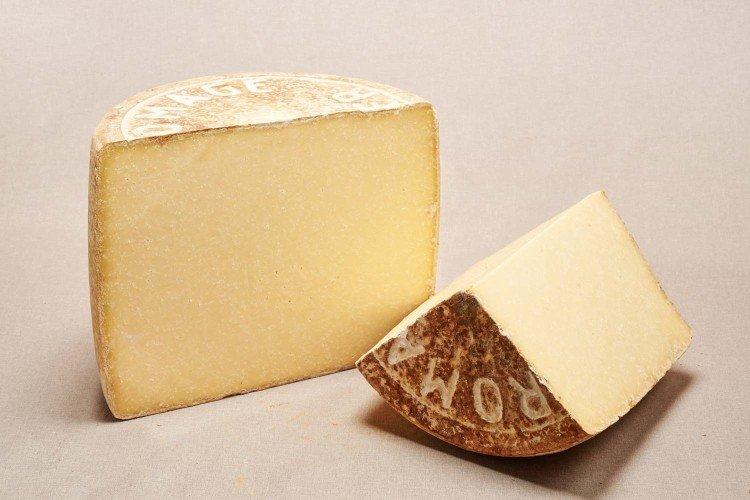
English hard cheeses
English hard cheeses are less well known, and for nothing. They have their own unique flavoring notes.
Cheddar
Hard pressed cheese is now produced all over the world, but it was originally British. For production according to the original recipe, only unpasteurized milk from local cows and animal rennet are used. Cheddar has a classic creamy taste with a slight sourness and pungency.
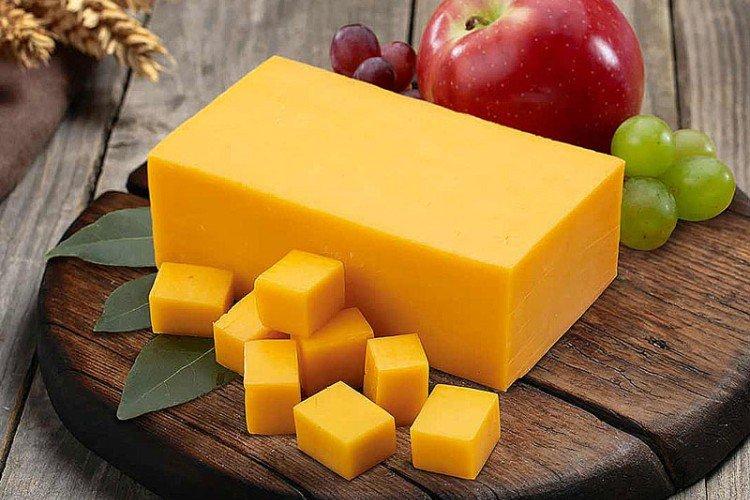
Cheshire
The reference cheese of Medieval England has become the prototype for most modern varieties. According to the old recipe, only the milk of Cheshire cows was used, because they grazed near the salt mines, and this gave the cheese natural salt. In texture, the variety is slightly flaky and loose.
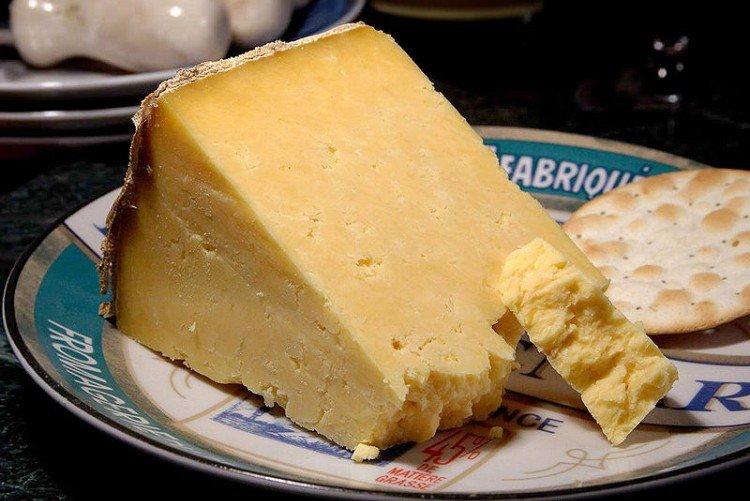
Stilton
Stilton is a semi-hard cheese with a blue mold, spicy flavor and straw notes. Softness and sharpness depend on the exposure time of the head. Now Stilton is produced only in 6 counties from whole milk of local cows. It is slightly sticky and very greasy in texture.
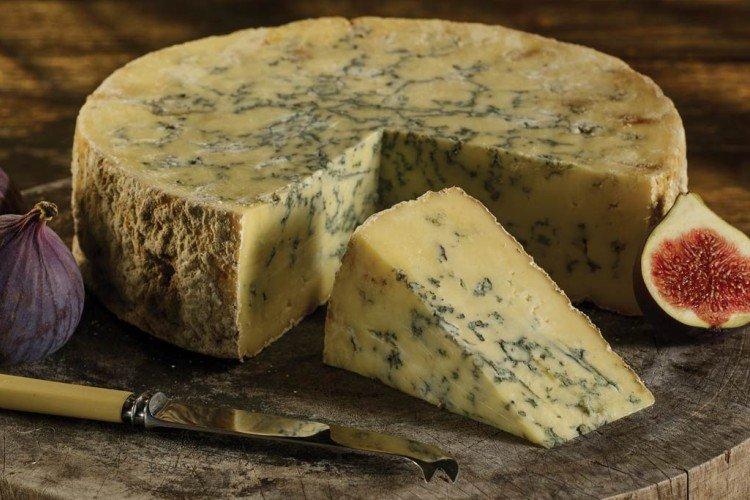
Spanish hard cheeses
Spanish cheeses are different from more common European varieties. They have their own rules and standards - and as a result, a completely new and interesting product.
Manchego
Hard sheep's cheese is made only from the milk of a certain breed of sheep - La Mancha. It has an expressive sour taste, but the shades are highly dependent on the aging period, which varies from several months to several years. Excellent snack cheese for wine.
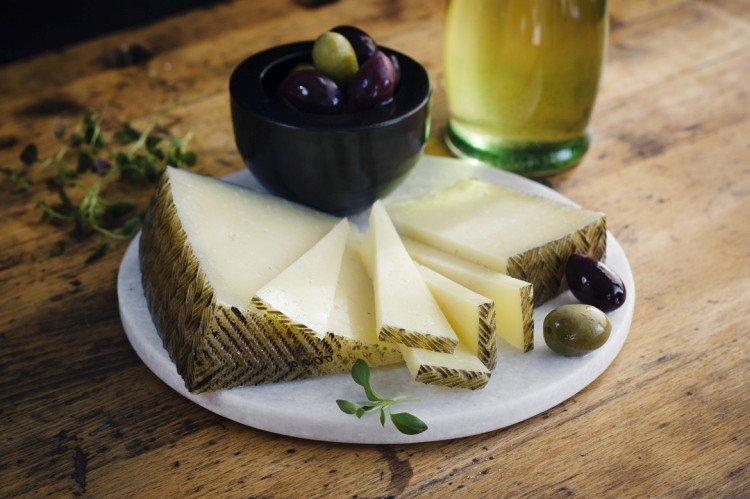
Cabrales
Spicy semi-hard blue cheese is made from a mixture of cow, goat and sheep milk. It is fatty, with a specific pungent odor and piquant taste. According to an old recipe, Cabrales must mature for six months in limestone caves. It goes well with young sweet wines.
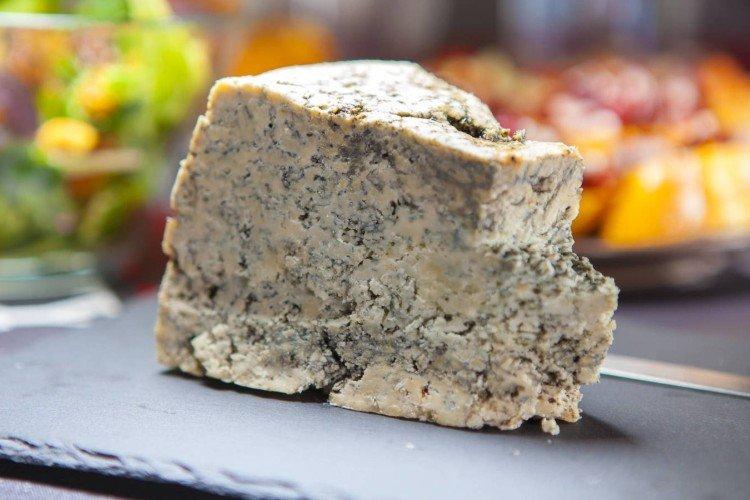
Idiasabal
Hard cheese is made from low fat sheep milk. For this, only one breed is again used - the lacha, and not all shepherds have the right to graze it. There are smoked and non-smoked varieties. Smoked ones are cooked on beech, hawthorn or cherry wood. It pairs best with cider or sparkling wine.
